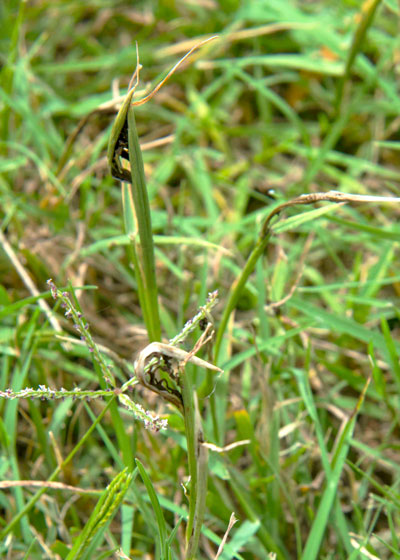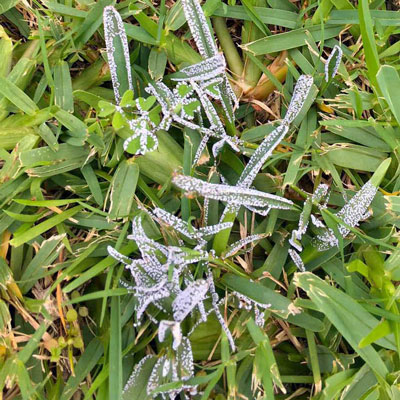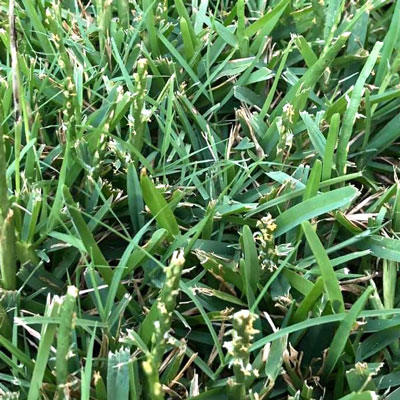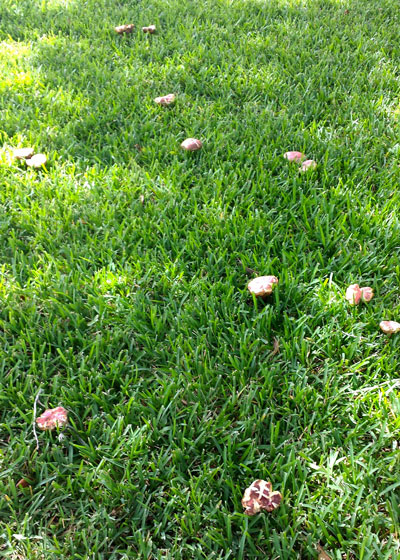Unusual lawn issues
Forget take all root rot that should be wrapping up about now. Put aside chinch bugs and gray leaf spot that shouldn’t be present quite yet.
Let’s talk about some less common things that might be going on in your turfgrass right now and what, if anything, you might want to do to correct them.

• Bermudagrass smut. I was in a garden center recently. I heard someone asking about the black stain she’d picked up on her white sneakers as she walked across her lawn. I couldn’t hear the reply, but I hope it was “bermudagrass smut.”
Smut is a fungal disease that attacks the Grass Family, and its spores rub off to make a greasy black mess when you walk through the infected seedheads. Fungicides probably would help, but it’s a lot easier simply to mow frequently and apply a high-nitrogen lawn food to flip the grass into vegetative (not reproductive) growth. It will all be gone within a few weeks.

• Slime mold in any type of lawn. Again, these are the reproductive spores of a saprophytic fungus. That means that they live off the decaying organic matter that has accumulated beneath the runners, typically old grass clippings or dead runners. Other than shading the blades on which it’s growing, slime mold does nothing to harm the grass. Blast it off with a hard stream of water. A spray with of general-purpose fungicide would also control it. Otherwise, it is harmless. In fact, you’ll see it developing on all types of grass, even on non-living surfaces.

• Seedheads on St. Augustine. Yes, St. Augustine does flower and form seedheads. It happens every year in early summer. The grass is not planted from seed. That’s because you want an improved type that is (a) cold-hardy and (b) immune to the fatal St. Augustine decline. Seed would not ensure either. Most people find the seedheads stubbly, so you want them to run their course as quickly as possible. As with bermuda, the quickest way to help that happen is to apply a high-quality, all-nitrogen fertilizer that has upwards of half of its nitrogen in slow-release form. Nitrogen promotes new leaf growth. However, you don’t want to push that too far once it turns hot for fear that you would be promoting gray leaf spot, a hot-weather disease.

• Mushrooms. These typically show up following periods of heavy rains. That describes this year, so you can expect a lot of mushrooms in your lawn, landscape, and garden beds. As with the slime mold, they are living off the decaying organic matter, so they are not parasitic in any way. You can let them run their course, or you can apply a fungicide or dusting sulfur to control them. Many of us just break them off with our shoes or by dragging a sharpened hoe across them.
Note: Do not eat wild mushrooms. Some types are deadly poisonous, and only a trained mycologist can determine the identification for certain.
